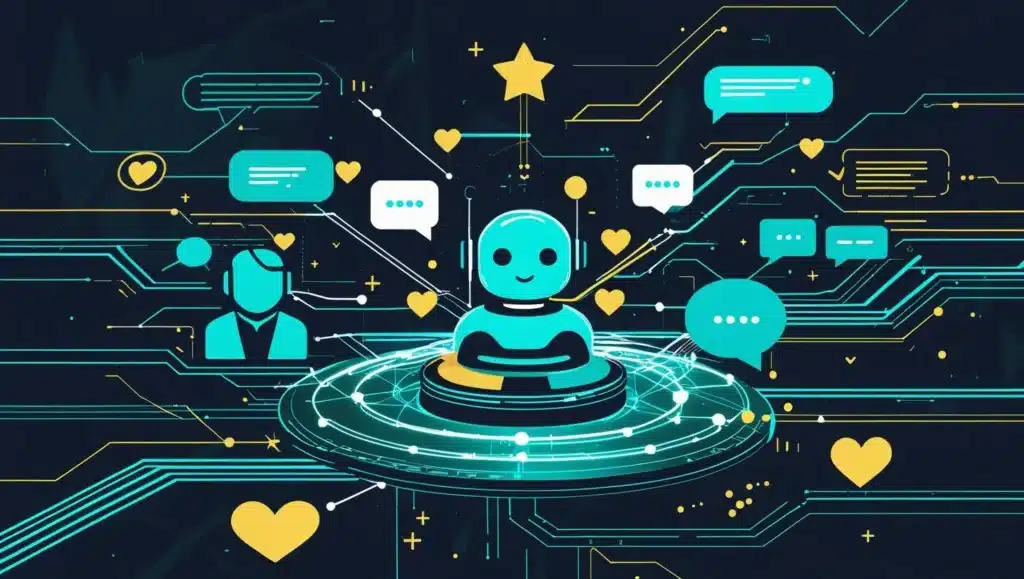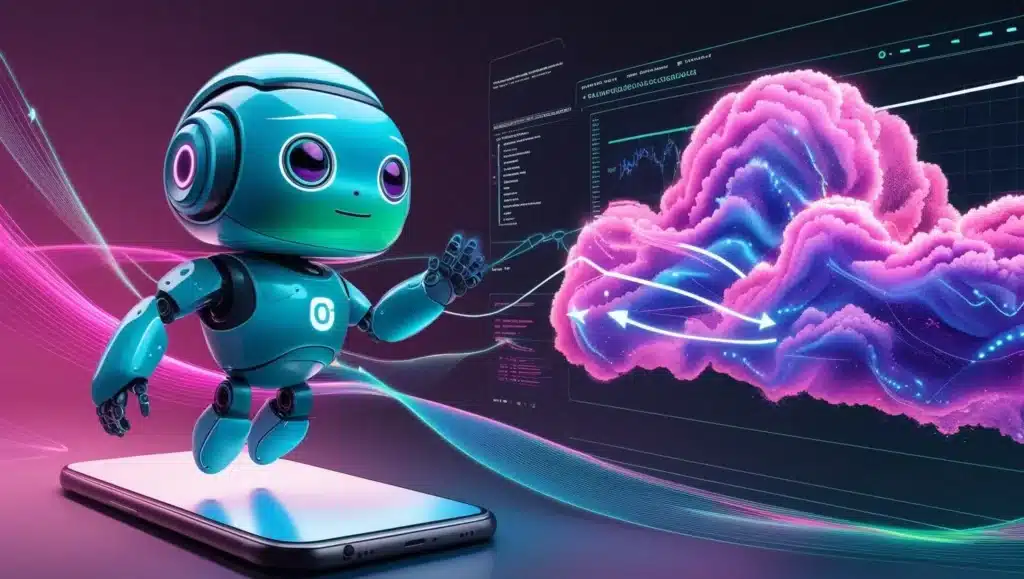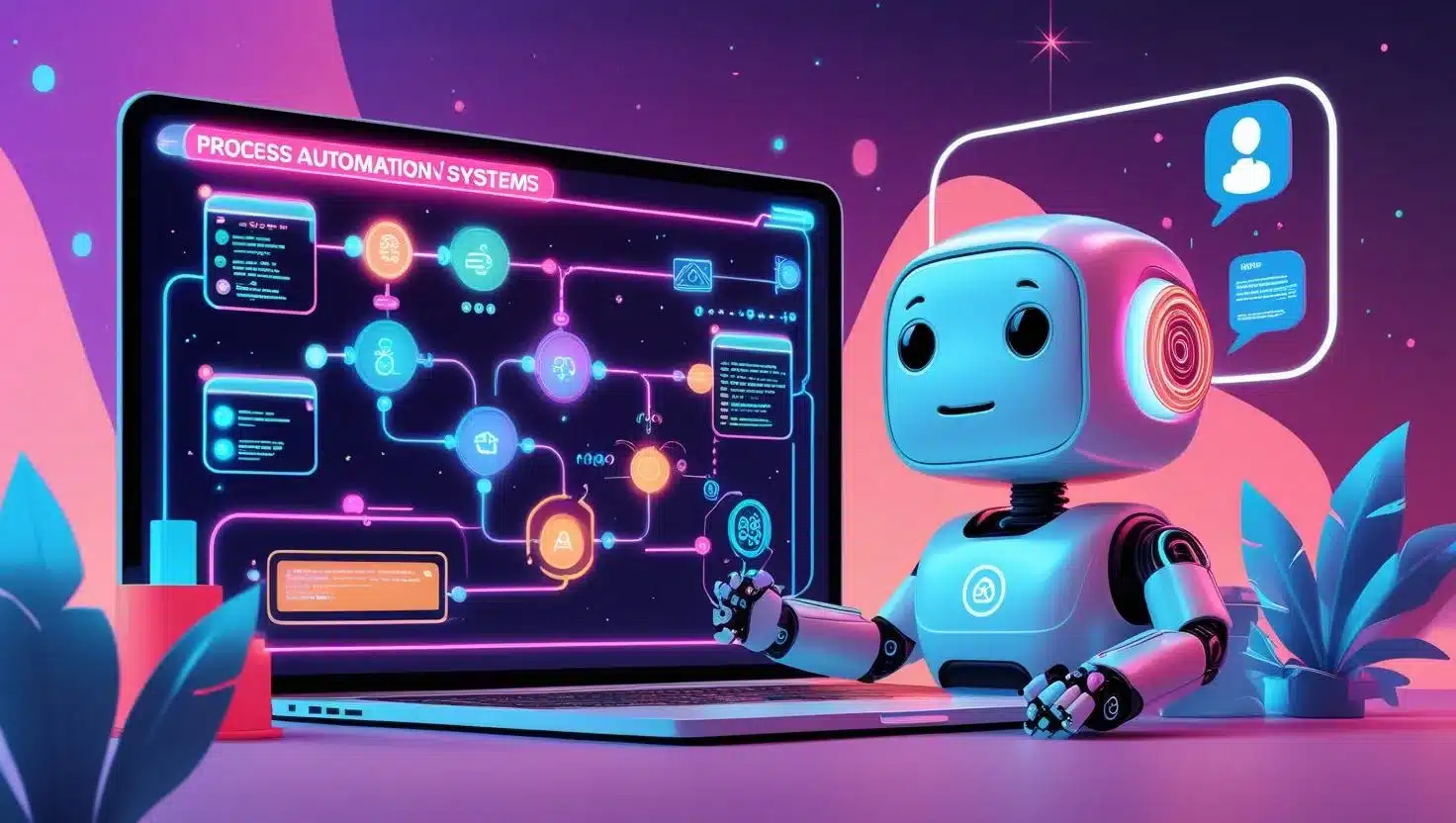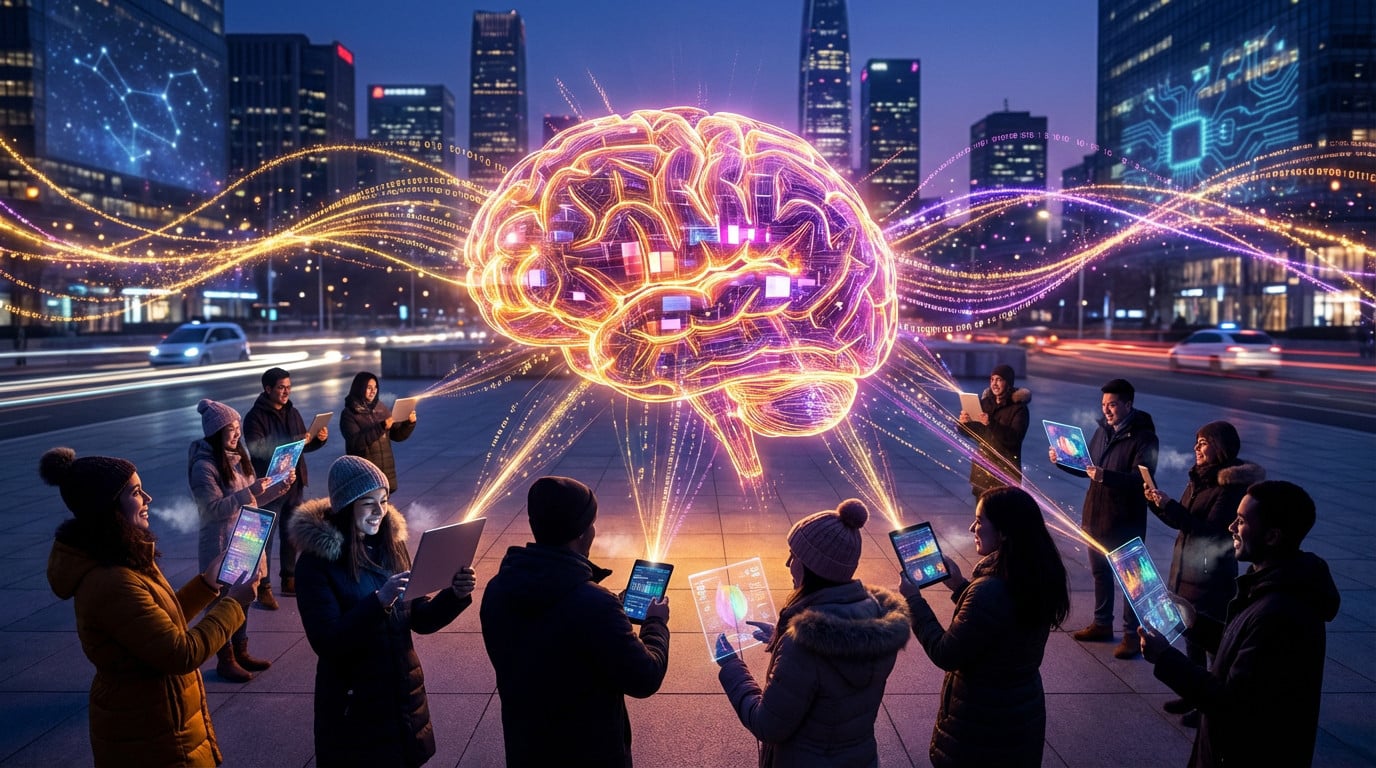This guide gives you the key steps to automating your chatbot: from defining its mission and collecting data, to choosing the Large Language Model (LLM). Here’s a complete article to help you define your strategy for creating an AI chatbot. We also give you our thoughts on ChatGPT and task automation, as well as existing LLM alternatives.
Discover how best to orchestrate these intelligences for a powerful virtual assistant that is truly useful to your business, with or without ChatGPT!
The key to a successful chatbot: personalization
First of all, let’s review what may seem obvious about deploying an effective chatbot. For a chatbot to be effective, it must be designed for a specific purpose! An HR chatbot will not have the same needs as an e-commerce assistant or an HR chatbot. If a chatbot is misdirected, it will quickly prove useless. The relevance of responses, the reliability of interactions and the return on investment depend on its personalization!
Define your chatbot’s scope of action
Start by clearly establishing the concrete use cases your chatbot will need to cover. To create an effective chatbot, the first step is to precisely define its role! Ask yourself what concrete use cases it will need to handle. What recurring interactions do you want to automate? What is the context of use for this chatbot, and above all, who will it be aimed at?
Your chatbot needs to solve problems. These could be a lack of information, repetitive tasks or frequent requests.
You’ll also need to choose the channels where the chatbot will appear: website, Messenger, WhatsApp or, for example, an intranet. Where do your users interact with the chatbot? The chatbot needs to be accessible and easy to use to be quickly adopted by users!
Collecting the right data
A chatbot needs data to function: it enables it to understand the context and respond precisely! Internal documents, FAQs, customer histories or product content: all this information feeds the model. The clearer, more structured and targeted your data, the more relevant your chatbot will be.
Indeed, ChatGPT and large language models (LLMs) like it, feed off this data. For your ChatGPT-based chatbot to perform well, it’s not enough to connect it to your sources. You also need to provide it with clear and precise instructions (prompts).
These prompts will guide ChatGPT’s understanding and help it formulate responses tailored to your specific context. It’s by combining quality data with well-designed prompts that you’ll get a chatbot that’s truly relevant and useful to your users!

Choose ChatGPT to create a chatbot
Your chatbot’s performance depends on its LLM (Large Language Model). This engine generates answers, interprets questions and adapts itself as the conversation progresses. The choice of LLM must take into account your budget, technical requirements and security policy.
ChatGPT is the benchmark for task automation, for a number of strategic reasons:
- Advanced contextual understanding
The GPT architecture excels in nuanced natural language understanding. Conversation with ChatGPT often flows smoothly, even with complex or ambiguous formulations. Your chatbot can pick up on subtleties, implicit references and maintain the thread of a conversation over several turns!
- ChatGPT is highly versatile
With the right documentation and prompts, Chat GPT adapts to any field of expertise: e-commerce, healthcare, education, financial services, and many others. Its Machine Learning capability enables it to assimilate the business vocabulary and processes specific to each professional sector.
- Constant technical evolution
The OpenAI API offers different configurations depending on ChatGPT’s performance needs. You can adjust computing power, response speed and functionality according to what suits you at the time.
- ChatGPT is easy to customize
In particular, via fine-tuning, the simplest technique which consists of re-training it on your own business data. There’s also another way, via a RAG (Retrieval-Augmented Generation) architecture, which is more complex to set up, where it fetches answers from your internal documents to provide precise, reliable answers.
The limits of ChatGPT for creating a chatbot
Although OpenAI’s ChatGPT is very popular, there are many other LLM options for developing a chatbot. ChatGPT is often criticized for having hallucinations, unverified or even invented information, difficulty in managing context and adapting to very specific needs.
What’s more, ChatGPT is often heavily criticized for its data security… which is something to consider in the context of automation for professionals.The data sent to OpenAI’s APIs is processed and potentially used to improve the model, which is not always compatible with corporate security policies. However, it is possible to get around this problem with solutions such as self-hosting open source LLMs or using APIs.
Which LLM other than ChatGPT should a chatbot use?

Here are the possible LLM alternatives to ChatGPT for creating a chatbot:
- Google Gemini : Google’s answer to ChatGPT. Gemini is designed to be multimodal, capable of understanding and generating text, code, images and other formats. It integrates naturally with the Google ecosystem (Google Cloud, Workspace), which can be really handy if you’re already using these services. There are different versions, including Gemini 1.5 Flash for faster queries and Advanced for complex tasks;
- Microsoft Copilot : integrated into Microsoft products (Edge, Windows, Office 365), Copilot is powered by OpenAI’s GPT-4 models (Microsoft being one of their investors). It offers real-time search capabilities and can be very useful if you use Microsoft ;
- Claude : developed by Anthropic, a company founded by former OpenAI employees, Claude stands out for its safety and ethical approach. It is renowned for its ability to handle long texts and generate fluid, natural conversations;
- Perplexity AI : this model combines the capabilities of a conversational LLM with a very powerful search engine. It is excellent for document intelligence and provides cited sources, which is an advantage if reliability and verification of information are crucial for your chatbot.
To these can be added open source LLMs, which require slightly more technical skills for deployment and maintenance.
- LLaMA (Meta): Meta offers several versions of LLaMA (including LLaMA 3.1) that are both powerful and versatile. These models are highly prized by the developer community for their ability to be fine-tuned and adapted to specific use cases. They are an excellent choice if you have the technical resources for customized deployment;
- Mistral AI (France): this French start-up develops high-performance LLMs such as Mixtral 8x7B. Mistral positions itself as a serious European alternative, offering good performance while often being lighter and faster for inference. Their models are available as open source;
- BLOOM (BigScience): the result of an international collaboration, BLOOM is a multilingual (46 languages) open source model with a large number of parameters. It is designed for text generation tasks and offers great versatility;
- LUCIE : a French “foundation” model, entirely open source, with 50% of the training in French. LUCIE stands out for its ethical and inclusive approach, aimed at preserving Europe’s linguistic and cultural specificities.
Automating your chatbot via multiple LLMs: LLM orchestration or model ensembling
In your automation process (or chatbot workflow), it’s entirely possible to cross several LLMs in a single chatbot. This can be complex from a design point of view, but very useful for creating a high-performance automated chatbot. Here are the different techniques for integrating multiple LLMs into a chatbot:
- Intelligent routing: a “router” component analyzes the user’s query and determines which LLM is the most relevant to answer it. For example, a question on vacations will be directed to the LLM specialized in HR, while a question on the latest marketing trends will go to a more generalist LLM;
- Merging responses: several LLMs generate a response in parallel, then an “arbiter” (which may be another LLM or an algorithm) selects the best response or synthesizes the most relevant elements of each proposal;
- Model chaining (pipeline): the output of one LLM serves as input for another. A first LLM could, for example, extract key information from a query, which the second LLM would then use to generate the final response!




